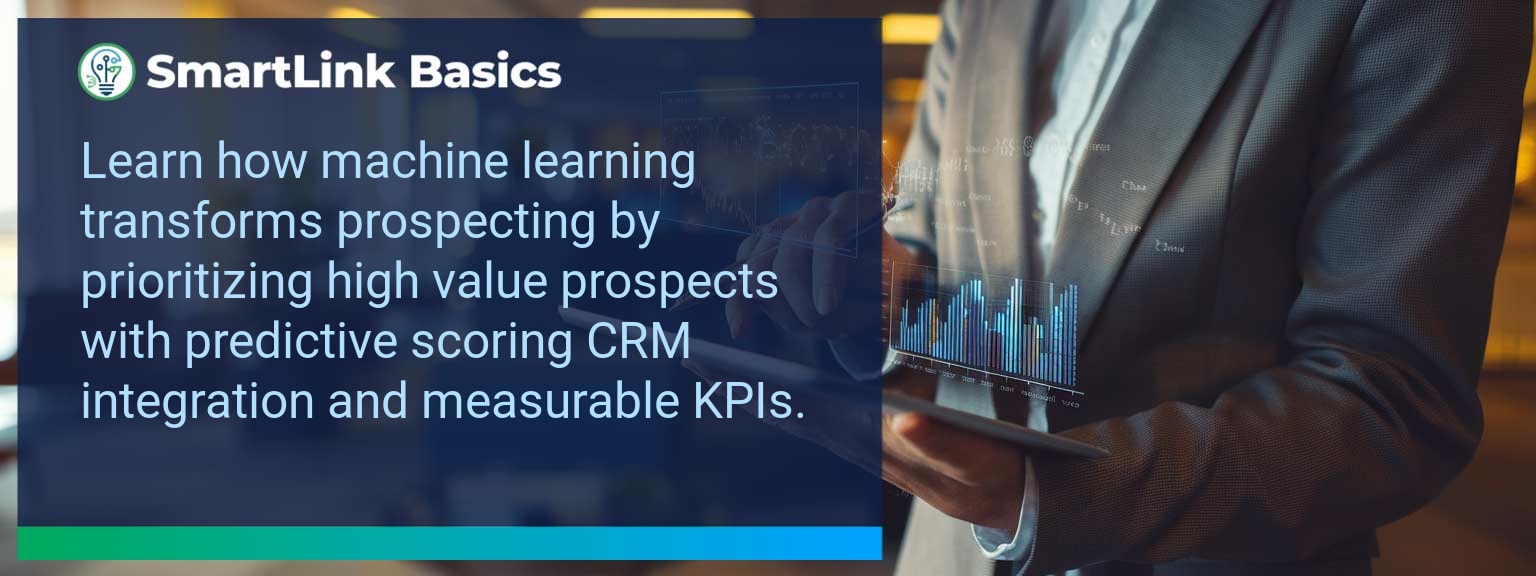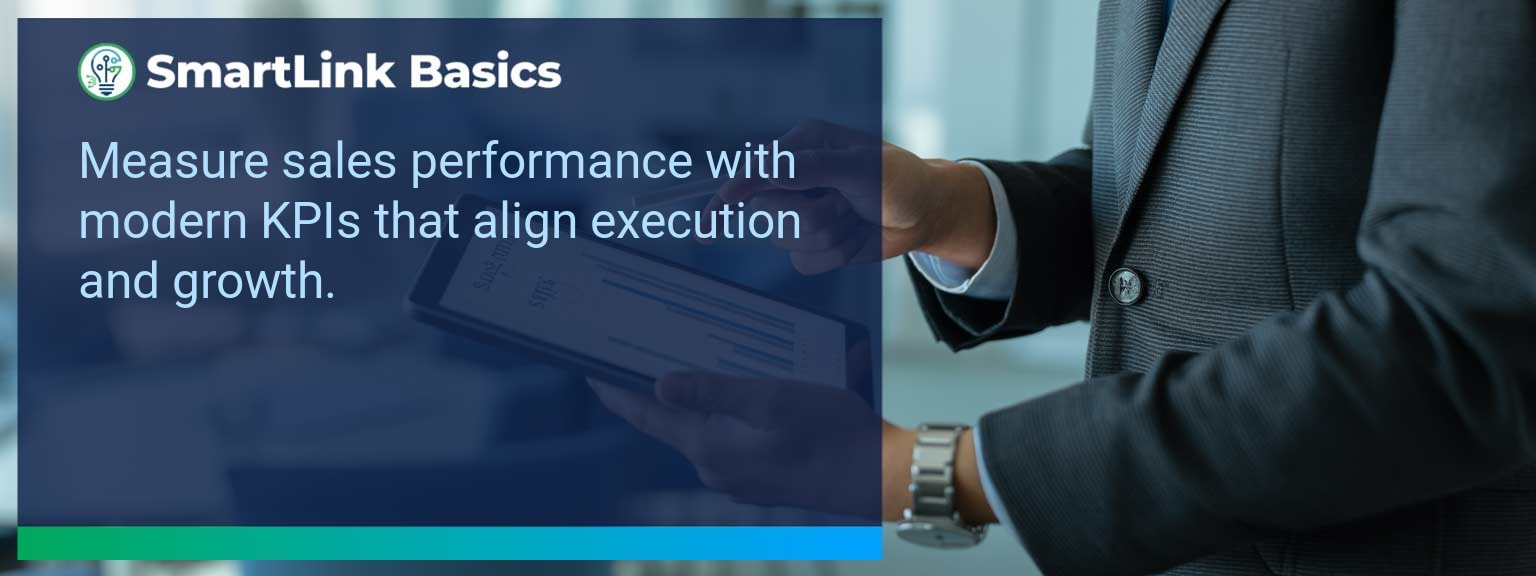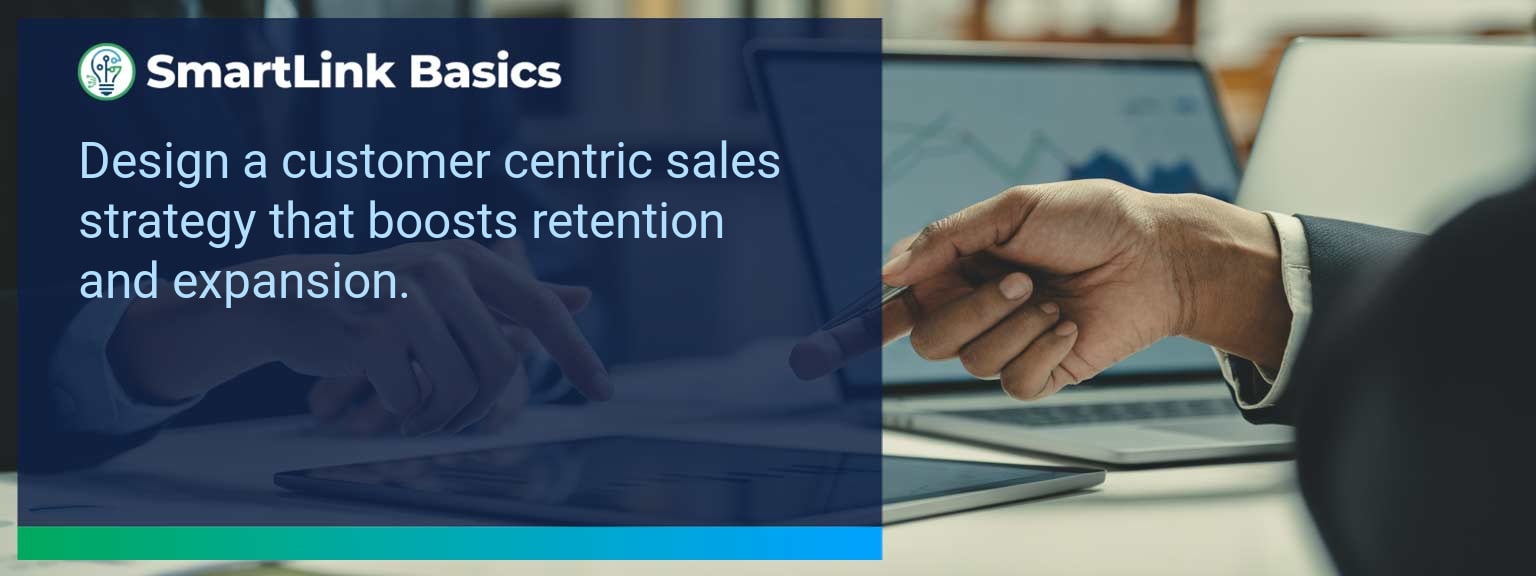Industry data shows that organizations adopting AI-driven automation achieve cost reductions of up to 30% while accelerating sales cycles by 20% or more (McKinsey, 2024). For sales leaders, AI automated workflows now define competitive advantage, enabling teams to reallocate time from repetitive tasks to high-value engagements. At SmartLink Basics, we help decision-makers implement these systems strategically, ensuring they integrate with existing revenue operations. In this article, you’ll see how AI automated workflows power business outcomes, the common obstacles that slow adoption, and practical steps to optimize processes. You’ll walk away with proven examples, a 90-day action blueprint, and measurable KPIs to track results.
- Automate repetitive administrative and CRM updates with AI.
- Integrate machine learning to personalize outreach at scale.
- Streamline approvals, quotes, and contract workflows for speed.
- Use predictive analytics to prioritize sales opportunities.
- Track adoption and performance with targeted metrics.
AI Automated Workflows: What Changed and Why It Matters
AI adoption has shifted from experimental to operational, making automated workflows a standard in high-performing sales organizations. The real advantage lies in combining workflow automation with artificial intelligence workflows to optimize every step of the revenue process. Sales leaders now use AI to synchronize touchpoints, reduce manual inputs, and ensure faster execution. For example, a B2B SaaS leader introduced automated lead enrichment and routing, cutting qualification time by 60%. Actionable insight: Audit processes for time-intensive handoffs and apply AI where repeatability is high.Redesign the Revenue Operating System With AI Automated Workflows
ICP, Segmentation, and Targeting AI-enabled segmentation uses historical wins, firmographic, and behavioral data to dynamically update ICP profiles. This ensures targeting precision without quarterly re-work. Pipeline Architecture Automated workflows push opportunities through the right stages based on engagement signals. AI flags at-risk deals for intervention. Plays and Messaging Integrated automation tools deliver personalized sequences based on buyer activity, increasing relevance at every touchpoint. Operating Cadence AI schedules follow-ups, forecast calls, and account reviews based on actual pipeline movement rather than static calendars. Actionable insight: Implement automation that adapts in real-time to both internal and buyer-driven events.Common Obstacles To Achieving Seamless Automation
The most frequent challenges are fragmented systems, inconsistent data quality, and cultural resistance. Without a unified data layer, automation amplifies errors rather than solving them. Coca-Cola Europacific Partners reported needing a full data governance upgrade before AI could improve sales workflows. Leaders must first assess infrastructure readiness and train teams to trust AI-influenced recommendations. Actionable insight: Before deployment, establish clean data practices and a single source of truth.Implementing AI To Optimize Workflows
Effective deployment of AI process optimization starts with mapping current-state processes, identifying friction points, and matching them with automation tools. For example, automating proposal generation based on CRM opportunity data can reduce turnaround from three days to one hour. Solutions combining business process automation platforms with machine learning integration enable continuous performance improvement. Actionable insight: Pilot in one high-impact stage, measure, and then expand.Tangible Benefits From Automated Processes
The benefits extend beyond time savings — sales leaders gain a scalable system. Tangible outcomes include faster quote-to-close, higher lead conversion, and better forecast accuracy. A manufacturing firm implemented AI-assisted order processing and cut errors by 40%, improving on-time delivery rates. Actionable insight: Track both speed and accuracy to measure workflow automation effectiveness.Metrics That Matter
| Category | Metric | Definition | Target |
|---|---|---|---|
| Leading | Workflow Completion Rate | % of automated sequences executed without manual intervention | 95%+ |
| Leading | AI Suggestion Adoption Rate | % of AI-generated action recommendations executed by reps | 80%+ |
| Lagging | Cycle Time Reduction | Decrease in time from lead entry to closed-won | 20%+ |
| Lagging | Revenue Per Rep | Average sales revenue generated per sales rep per quarter | +15% YoY |
| Quality | Automation Error Rate | % of workflows that trigger incorrect outcomes | <1% |
| Quality | Customer Satisfaction Post-Automation | Average CSAT score after automation implementation | ≥ 4.5/5 |
Innovations And Next Steps For AI Automation
Emerging capabilities like AI-generated playbooks, intent-driven dynamic routing, and integrated AR for virtual product demos are shaping the next wave of sales automation. Companies integrating these tools early will outpace competitors in speed and personalization. Actionable insight: Stay ahead by testing emerging automation features quarterly and aligning them with evolving buyer expectations.Get the 90-day plan, coaching rubric, and dashboard template to operationalize AI in your enablement program.
Turning AI Automation Into a Revenue Multiplier
AI automated workflows are now a strategic lever for predictable, scalable growth. This guide outlined current applications, adoption challenges, a 90-day execution plan, and measurable success criteria. To make automation pay off, sales leaders should integrate tools into one cohesive operating system and review results monthly for continuous improvement. Access more AI-driven sales enablement resources from SmartLink Basics to design a high-performance automation strategy. Sales leadership today requires more than tracking numbers—it demands an ability to read nuanced buyer signals and guide teams through complex customer psychology. At SmartLink Basics, our work with high-performance sales leaders shows that those who leverage empathy and structured objection-handling frameworks consistently outperform targets. This matters now because competitive markets have tightened, decision cycles have lengthened, and buyers expect relevance at every interaction. In this post, you will learn how to identify key buying cues, remove barriers with precision, and coach your team for sustained sales success. By applying these principles, you can transform your sales management approach into one that balances data-driven strategy with meaningful customer engagement.- Identify and interpret buyer signals early to adapt your pitch.
- Train teams to use empathy-based objection handling.
- Refine targeting and segmentation to focus on best-fit prospects.
- Embed consistent coaching and feedback loops.
- Measure performance with leading, lagging, and quality metrics.
Sales Leadership and the Role of Buyer Psychology
Mastery of sales leadership includes understanding what motivates buyer decisions beyond the surface needs they express. Buyer signals—verbal cues, shifts in tone, body language, or digital engagement—reveal unmet needs, hesitations, and decision drivers. Leaders who equip teams to interpret these signals position them to pre-empt objections before they fully form. For example, a prospect repeatedly revisiting your pricing page after initial contact may be weighing cost versus value. Coaching your team to address perceived ROI proactively can reduce close-cycle delays. In practice, this is not guesswork—it’s systematic revenue management that enhances customer engagement.Common Obstacles Sales Teams Face In Competitive Markets
Even skilled teams encounter challenges that slow down deal velocity and weaken win rates. These include poor qualification processes, inconsistent messaging across touchpoints, and difficulty in handling complex objections under time pressure. In competitive markets, small misalignments in targeting or value positioning can result in significant revenue loss. A typical example: a pipeline filled with low-fit prospects leads to wasted effort on deals unlikely to close. Strong sales management systems should prevent this by enforcing clear ICP adherence. By combining disciplined process control with adaptive selling skills, sales leaders increase both efficiency and conversion.Proven Strategies To Overcome Sales Barriers
Overcoming obstacles requires more than motivational sales coaching—it demands structural change in the operating system. Four critical focus areas deserve attention: ICP, Segmentation, and Targeting: Tighten definition of your ideal customer profile to avoid chasing misaligned opportunities. Pipeline Architecture: Design stages that reflect actual buyer behavior and decision patterns. Plays and Messaging: Standardize responses for recurring objections while allowing personalization. Operating Cadence: Set consistent review rhythms for pipeline health, objection trends, and team skill development. When executed consistently, these create a predictable revenue engine. A SaaS firm applying this approach saw a 22% improvement in close rates in just two quarters.Positive Impact Of Strategic Sales Leadership
When sales leadership combines empathy, structured coaching, and data-grounded sales strategy, the effects are measurable. Teams become more confident in addressing difficult buyer objections, productivity increases due to better fit targeting, and customer satisfaction rises through improved engagement quality. An enterprise B2B manufacturer re-engineered their coaching program around live deal reviews and early signal detection. Within 12 months, customer renewal rates improved by 18% and average deal size grew by 12%. Such results validate the impact of aligning leadership skills with disciplined execution.| Category | Metric | Definition | Target |
|---|---|---|---|
| Leading | Opportunity Quality Score | Scoring based on ICP fit and buying intent | 80%+ |
| Lagging | Win Rate | Closed-won deals as % of total closed deals | 35%+ |
| Quality | Post-Sale NPS | Customer satisfaction measured after onboarding | +50 |
Evolving Leadership Trends In Modern Sales
Modern sales leadership trends point toward deeper integration of emotional intelligence with rigorous sales management systems. Leaders are investing more time in one-on-one coaching, utilizing real-time deal insights, and promoting team motivation through shared goal visibility. There is an increasing focus on visualizing buyer engagement patterns, ensuring that closing techniques remain aligned with customer expectations. The future belongs to leaders who can translate these trends into disciplined team practices. Embedding these capabilities prepares organizations to respond faster to market changes and maintain sales success momentum.Get the 90-day plan, coaching rubric, and dashboard template to operationalize AI in your enablement program.









